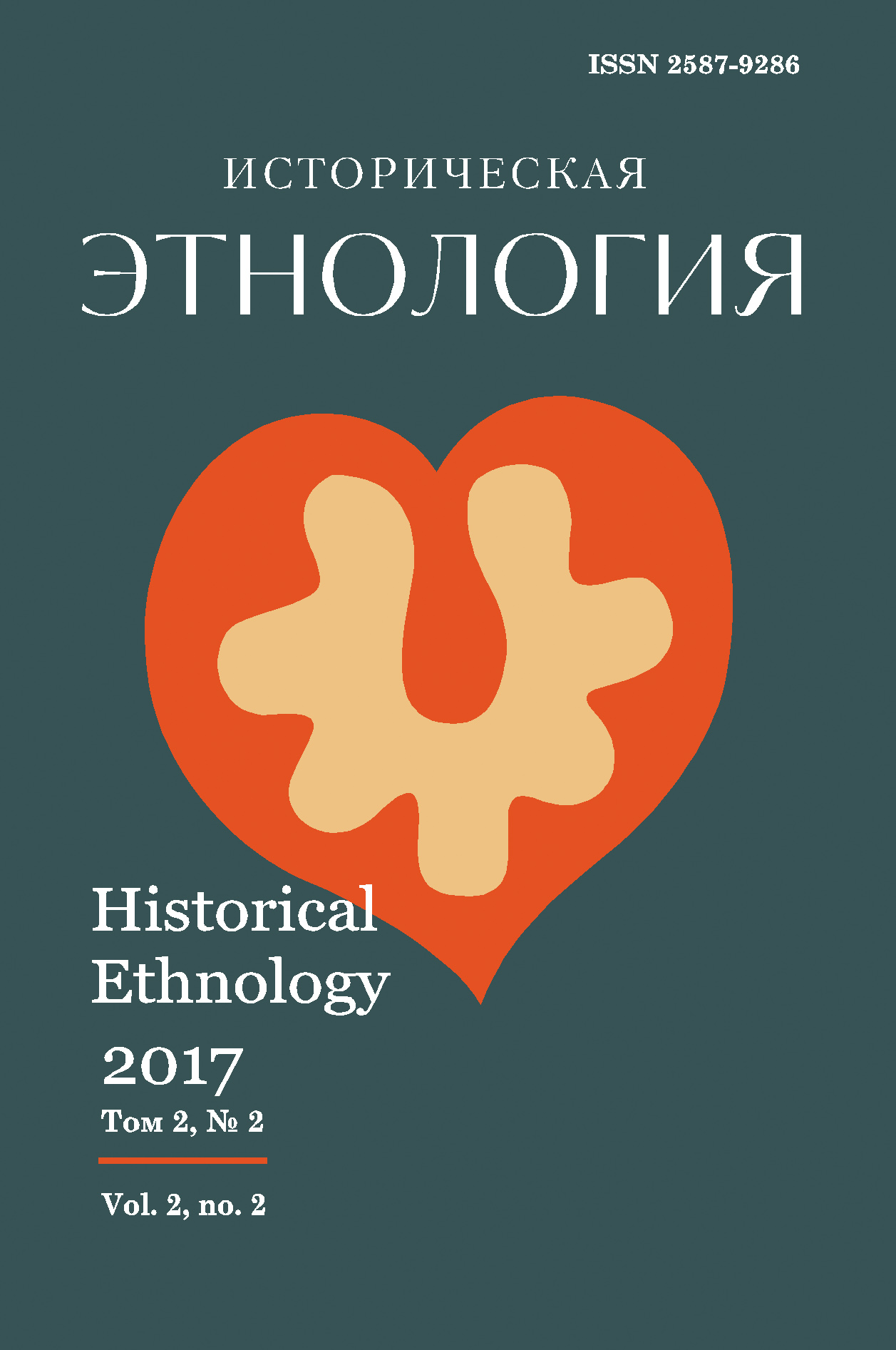
Main menu / 2017, vol.2, no.2 / L.R. Gabdrafikova
"Her nature and education were very close and understandable for me" (on How Tatars Reagarded the Interfaith Marriages in the 19th-20th Centuries) L.R. Gabdrafikova
243-250 p. The aim of the article is to identify the historical features of the inter-ethnic marriages among the Tatars. The number of such marriages has increased significantly during the Soviet era. The problem of mixed marriages during the imperial period has never been researched in historical prospective before. The study of this aspect of the social history of Tatars can help to identify the distribution channels of European culture and integration of Muslims into Russian society. Through the analysis of clerical correspondence, periodical press, Tatar journalism and literature of 19th – 20th centuries, the author concludes that this social problem increased during that period of time. Mixed marriages with representatives of other religions have spread among the Muslim Tatars in the period of bourgeois reforms of the 19th century. They were caused by the processes of transition from the traditional to modernized lifestyle and changes in the value system. In the early 20th century this question was considered as one of the social problems and was actively discussed on the pages of the Tatar press, it became a topic of focuse in works of literature. Mixed marriages were a result of the family crisis in the Muslim community. Keywords: Tatars, family, mixed marriage, bourgeois society, Muslim community
REFERENCES 1. Gabdrafikova L.R. Povsednevnaya zhizn’ gorodskikh tatar v usloviyakh burzhuaznykh preobrazovaniy vtoroy poloviny XIX-nachala XX veka. [The Everyday Life of Urban Tatars in the Era of Bourgeois Reforms (the Second Half of the 19th and the Begınnıng of the 20th Centuries)]. Kazan, Sh. Marjani Institute of History of the TAS Publ., 2013. 384 p. (In Russian) About the author: Liliya R. Gabdrafikova is a Doctor of Science (History), Chief Research Fellow in the Department of Historical and Cultural Heritage of the Peoples of Tatarstan, Sh. Marjani Institute of History of the Tatarstan Academy of Sciences (7, Baturin St., Kazan 420111, Russian Federation); bahetem@mail.ru
|
Istoricheskaya etnologiya Historical Ethnology
Scientific journal







